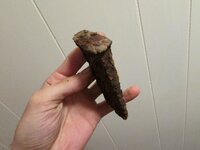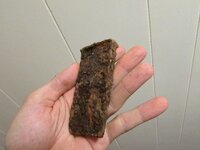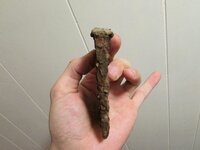Showtime2385
Bronze Member
So I went out to hunt a park today and a guy gets out of his truck and walks up to me and asks if I want to go on a treasure hunt.. So I figure he lost his keys or something naturally. He tells me there's an old foundation near by and tells me of the finds he has made by eye and digging out a wall so I go along. We walk back to a very old small crud stone foundation. So I did some swinging and I came up with this flat button that says "double gilt" and what appears to be "NO.. 2" Any info on this button would be great. Also found an old spoon head.
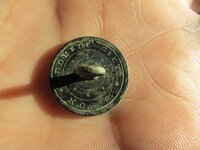
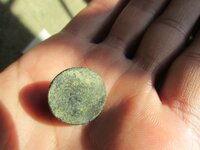
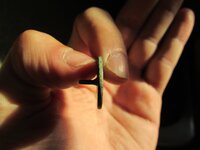
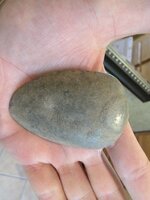
I also found this button at another sight but don't know a thing about it or figure out what it says, Help me out button experts!
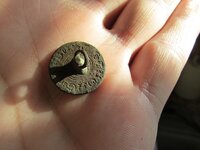
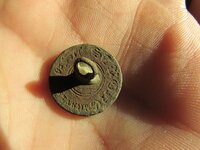
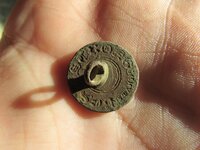
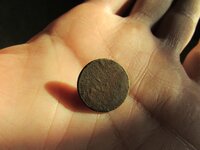




I also found this button at another sight but don't know a thing about it or figure out what it says, Help me out button experts!




Upvote
2


